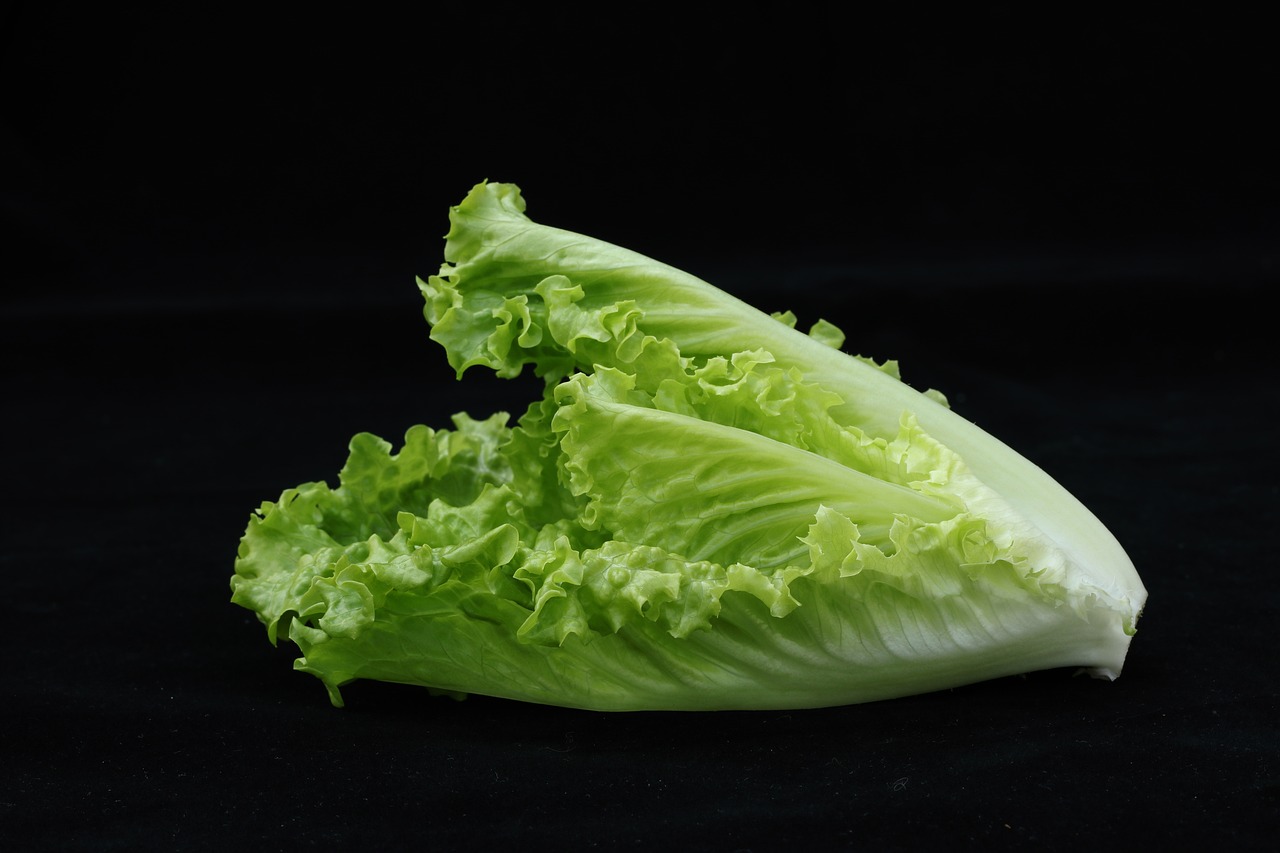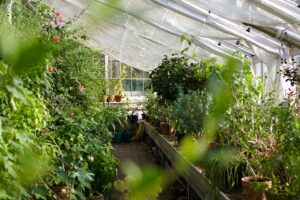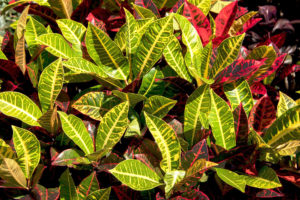Whether you are a seasoned gardener or just starting out, knowing when and how to harvest your Romaine lettuce is essential to enjoying a crisp, delicious salad made right from your backyard. This post will guide you through the essential steps of harvesting Romaine lettuce, ensuring you get the most flavor and nutrition from your plants.
Understanding Romaine Lettuce Growth
Romaine lettuce is known for its crunchy texture and slightly sweet taste. It typically takes about 70 to 85 days from seed to maturity, depending on the variety and the growing conditions. As Romaine grows, you’ll notice its tall, upright leaves forming a dense head.
Signs That Your Romaine Lettuce Is Ready
To determine when to harvest your Romaine lettuce, keep an eye on its size and appearance. Generally, you’re looking for these signs:
Full Size: Romaine lettuce is ready to harvest when the heads are about 6 to 10 inches tall and have firm, compact leaves. You want them to be well-formed without any signs of bolting, which is when the plant starts to flower due to stress.
Color: Look for vibrant green leaves. A healthy head of Romaine will have a rich green color that indicates it is packed with nutrients.
Texture: The leaves should be crisp and firm, not wilted or floppy. This is an indication that your lettuce is fresh and ready to be enjoyed.
Taste Test: If you’re unsure, feel free to snip off a leaf and give it a taste. If it’s flavorful and crisp, your lettuce is ready for harvest.
How to Harvest Romaine Lettuce
Once you’ve determined that your Romaine is ready, it’s time to harvest. Here’s how to do it right:
Tools Needed: Grab some clean garden shears or a sharp knife. It’s important to use clean tools to avoid introducing any disease to your plants.
Cutting Method: For Romaine lettuce, you have two options:
Whole Head: If you want to harvest the entire plant, cut the lettuce head at the base, just above the soil line. This method gives you a full head of crunchy greens.
Leaf by Leaf: Alternatively, you can harvest individual outer leaves. This method allows the inner leaves to keep growing, giving you a continuous supply of fresh lettuce.
Timing: It’s best to harvest in the early morning or late afternoon when temperatures are cooler. This helps maintain the freshness of the leaves and prevents them from wilting.
After Harvest Care: After cutting your Romaine, rinse the leaves gently in cold water to remove any dirt or pests. Pat them dry with a clean towel or use a salad spinner. Store your harvested lettuce in a breathable container in the refrigerator to keep it fresh.
Tips for Prolonging Your Harvest
To extend your Romaine harvest, consider these practices:
Staggered Planting: If you plant multiple rows of Romaine at different intervals, you can enjoy a continuous supply of lettuce throughout the growing season.
Well-Drained Soil: Good drainage helps prevent diseases like root rot, ensuring healthy growth and better yields.
Mulching: Apply mulch around your lettuce plants to retain moisture and suppress weeds. This will help your Romaine thrive.
Monitor for Pests: Keep an eye out for pests, particularly aphids and slugs, which can affect the quality of your harvest. Use organic pest control methods if needed.
Enjoying Your Fresh Romaine Lettuce
Now that you know how to harvest Romaine lettuce, it’s time to enjoy your fresh bounty! Romaine is incredibly versatile and can be used in salads, wraps, and even smoothies. Try mixing it with other fresh produce from your garden, such as tomatoes, cucumbers, and carrots, for a colorful and nutritious meal.
Conclusion
Harvesting Romaine lettuce is a straightforward process that offers fantastic rewards. With practice and a little patience, you’ll be able to enjoy fresh salads right from your own garden. Remember to care for your plants properly, observe them as they grow, and savor the delicious flavors of your homegrown Romaine.





